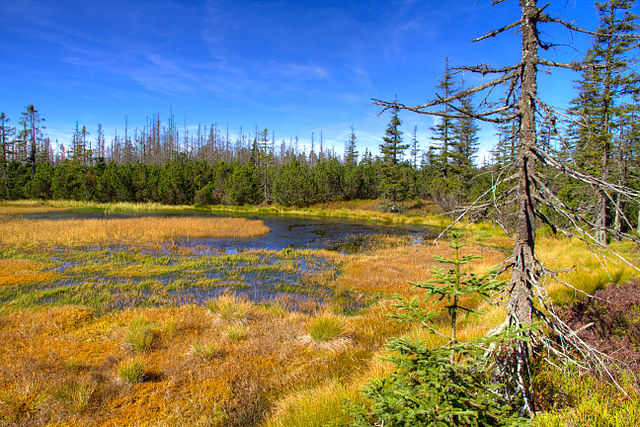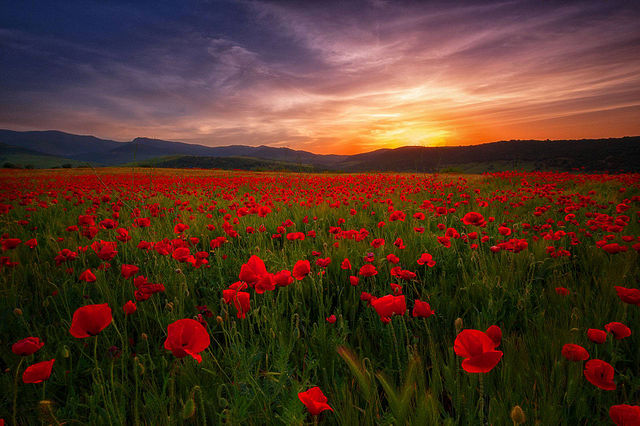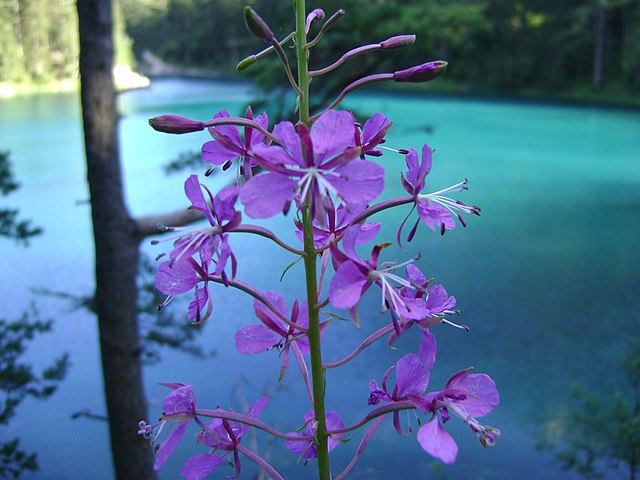Bulgaria joined WLE 2015. If you love Bulgarian nature and have some photos of it you are welcome to share it with us on “Wiki Loves Earth 2015 in Bulgaria” page.

International photo contest of nature protected areas
Bulgaria joined WLE 2015. If you love Bulgarian nature and have some photos of it you are welcome to share it with us on “Wiki Loves Earth 2015 in Bulgaria” page.

“Wiki Loves Earth 2015 ” closed on 31 May at 0:00:00 Kyiv time with 97 342 photos uploaded from 1-31 May. This year competition broke down the record of the WLE 2014.

The contest is closed in 19 of 26 participating countries.
Some countries decidede to prolonged the contest: Algeria, Austria, Nepal, Thailand – till 30 June, Tunisia – till 15 June.
In the last couple of days of the contest the leaders in the country race have changed. Continue reading “WLE 2015: who is on the run?”
WLE team loves good movies especially if there is beautiful natural landscapes. We decided to collect some photos from the contest that could be good illustration for well known films. Enjoy!




Continue reading “WLE 2015 – Scenes from movies and TV series”
27 days, 66 822 photos – that’s all about Wiki Loves Earth 2015. Just 5 days are left before the end of the contest and 4 246 photos to break the record of WLE 2014 and pass the mark of 71 067 photos.
So what do we have for now? There are no changes with the top-5 countries in the contest. Germany, Pakistan, Ukraine, Brazil and Russia are still the leaders of WLE 2015. For the first time from the beginning of the contest the leader has changed. Germany has uploaded the biggest number of photos and took the first place in the country race.


Apparently spring has finally come and the activity of contestants in the second half of May increased. WLE 2015 got a lot of pictures of green fields, sunny valleys, flowers and herbs.
Continue reading “Wiki Loves Earth 2015 – 5 days left before the end of the contest”
What is your favorite color, time of the year and what kind of landscape you prefer the most? What if we combine all the things above in one shot. Take a look at one of the most memorable and bright photos of the contest.







What kind of pictures you like the most? As for us we enjoy every single picture of the contest. WLE 2015 has a lot of panoramic pictures of natural sights and resorts, so we decided to show you those objects in different perspective. WLE team absolutely loves photos of flowers and herbs. Take a look at these shots.


Fog and clouds just emphasize the beauty of nature. WLE participants took a lot of photos of foggy mornings, cloudy mountains and wide fileds. Take a look!



Participants of WLE 2015 give us an opportunity to see the nature in different dimensions with different perspective. Man and its activity became an integral part of nature, so we collected a bunch of photos that pictures of boats on water, fishing and inspirational sea views.




These days we are in the middle of the WLE contest. Though we have two extra weeks before the end, right now its clear that audience has great interest in the topic and we have very talented photographers among our participants.
Over 20 counties are taking part in the contest. Over 35 000 photos were uploaded since the start of the WLE 2015 and we looking forward to get much more.
International team is very pleased with the activity of WLE “newbies” – Pakistan, Uruguay and Thailand.
Pakistan is the absolute leader on number of uploaded photos from the very first day of the contest showed us the great verity of nature landscapes, seasons and wild life.


Continue reading “Wiki Loves Earth 2015 – 2 weeks left before the end of the contest”